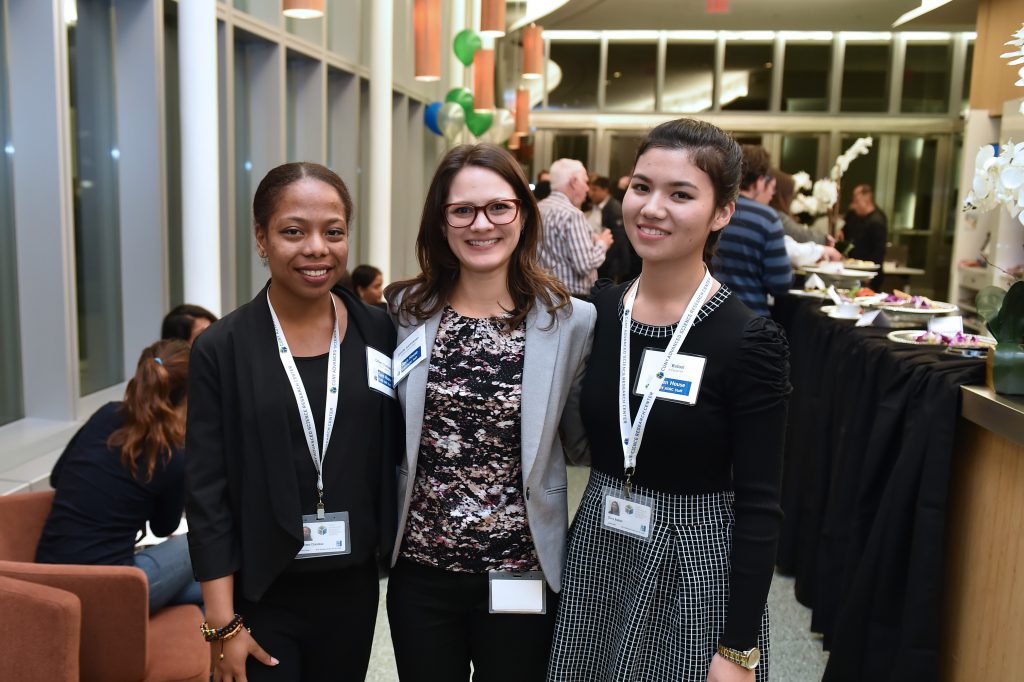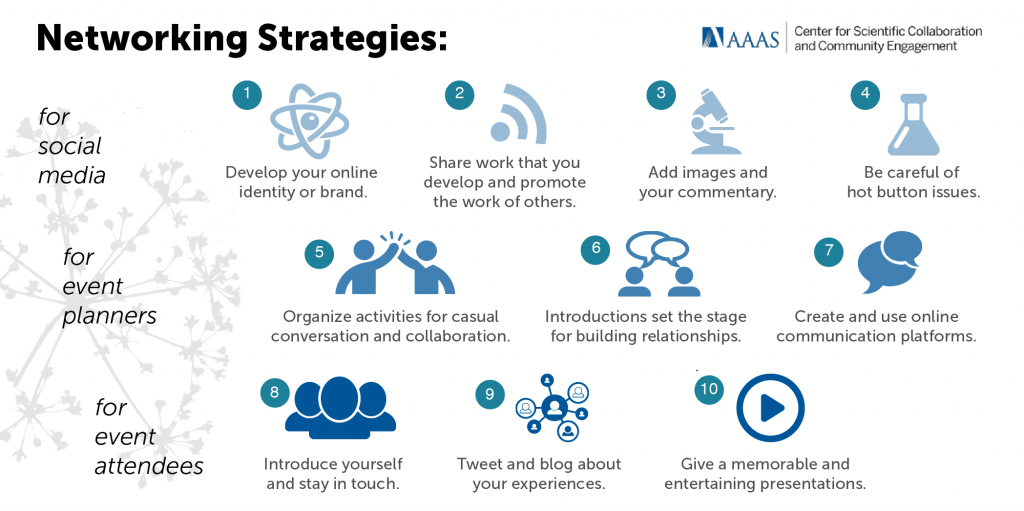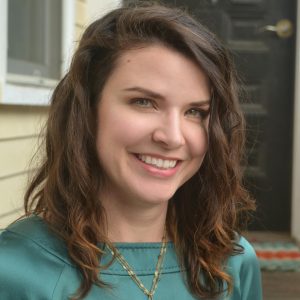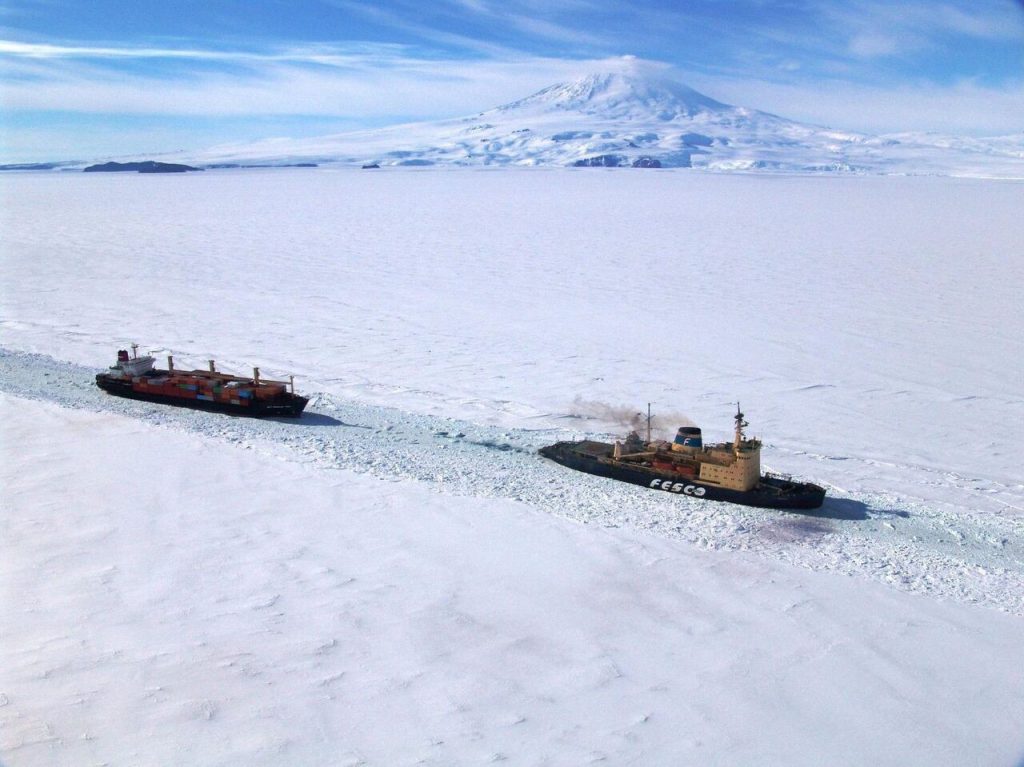In this post by CEFP2019 Fellow Camille Santistevan, Associate Director of Public Relations at the Advanced Science Research Center at The Graduate Center, CUNY, she explores how an organization’s anniversary can be an opportunity to nurture community. Camille shares 5 tips for success and 3 potential challenges to anticipate.
Community-first event planning
Is your scientific organization celebrating an anniversary sometime soon? If so, how will you be celebrating?
In the higher education and non-profit sectors, anniversaries are often used to launch major fundraising campaigns. Central leadership, in concert with the development office, tend to spend a lot of time, energy, and resources to organize a big bash for external stakeholders, with the internal community often left as an afterthought.

How can we re-engineer some of this content and programming to supercharge our scientific communities? Below are some ideas both big and small for how community managers can leverage anniversary activities to nurture community.
Continue reading “Leveraging anniversary programming & content to nurture community”




